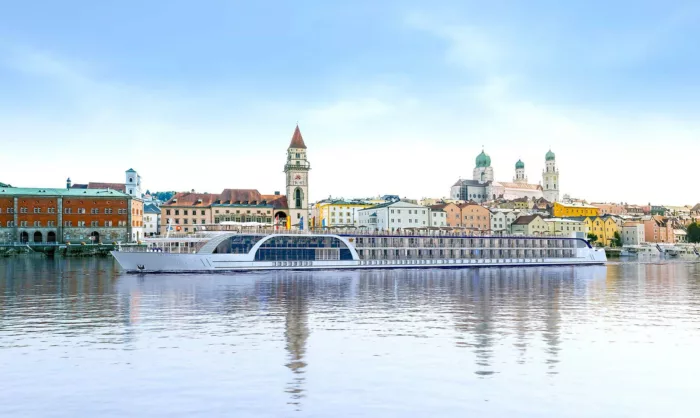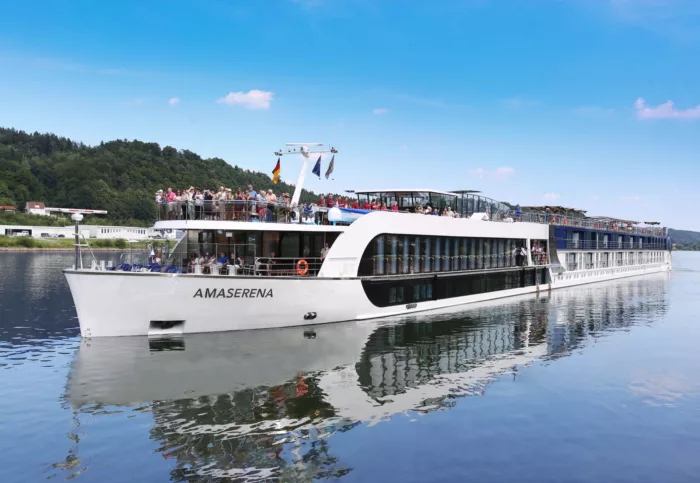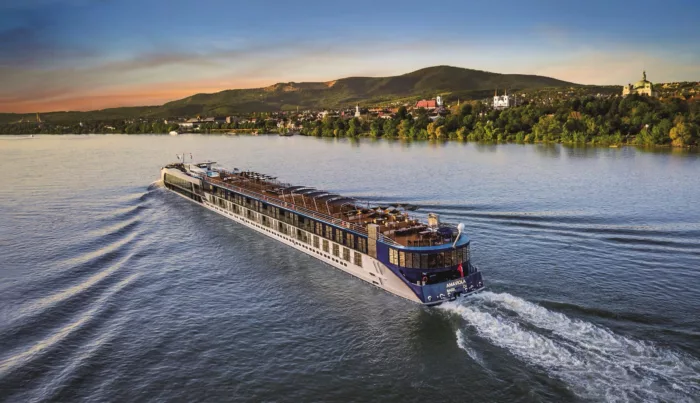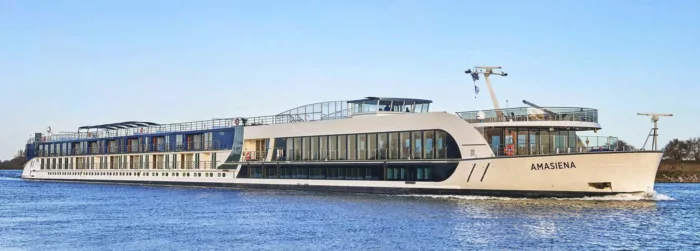
Luxury cruise line, AmaWaterways, has a fleet of 23 custom-designed, five-star river ships which sail to destinations all over the world, across Europe, Asia, and Africa.
On board AmaWaterways, passengers can learn Thai Chi as they sail the Mekong river, or enjoy sunrise yoga on the serene waterways of Europe.











The extraordinary AmaMagna is redefining the river cruise experience while sailing on the Danube River. Experience the ultimate in luxury, whether you’re exercising in the expansive Zen Wellness Studio or enjoying the views from the full balcony in your stylish suite. With five bars, four unique restaurants – including the Al Fresco restaurant and Jimmy’s, offering a warm family atmosphere – a heated sun-deck pool and whirlpool, the AmaMagna has quickly become the most luxurious cruise ship on the river.





